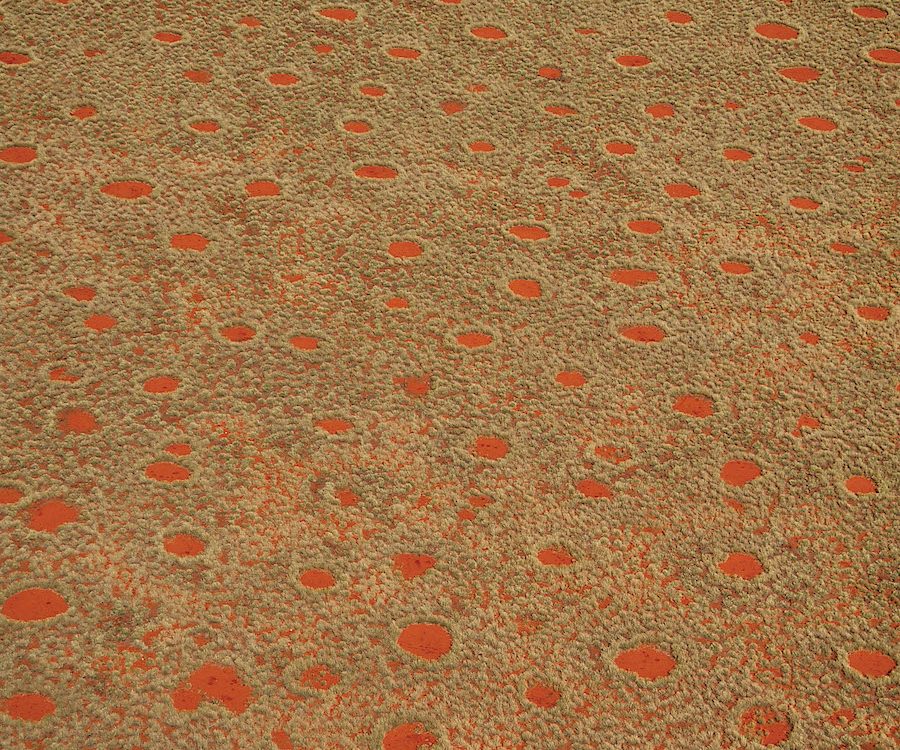
The making of Stand Together
June 19, 2017
Ondili Activities
June 20, 2017Text Edward Jenkins | Photograph Hannes Brunner
This is the 11th in a series about the gemstones of Namibia. For a gem crystal to form, it must have room to grow, and time to develop. Crystals of quartz are among the largest in nature. They are found in pegmatite chambers where they have developed over hundreds of thousands of years.
C itrine, the rarest form of quartz, ranges from pale yellow to reddish brown, and is very similar in appearance to yellow topaz and yellow sapphire. Dramatically less expensive than the other gemstones, it possesses the lowest density of the yellow stones, and is comparatively hard. It demonstrates a good lustre, and is clear and generally free of inclusions (liquid, gas or solid materials that become incorporated into a crystal during its formation).
Natural citrine is very rare, and is normally found in conjunction with amethyst. By far most of the stones sold as citrine today are amethyst or smoky quartz that has been rendered yellow through burning. Burnt gems may display subtle stripes and a natural cloudy colour, while the natural stones may exhibit colour zoning (uneven colour in irregular patches).
Citrine was first recognised as a gemstone during the Hellenistic Age in Greece (323–146 BC). The Romans used it in intaglio (relief) carving.
The name ‘citrine’ was coined from citrina, the Latin word for yellow, by famed German metallurgist, Georg Bauer (Georgius Aricola), in a book published in 1556. Once common in the highlands of Scotland, citrine became a talisman for Scots and Celts, guarding against evil thoughts, bad skin, snakebite and the plague. It became a common feature of decoration on daggers, shoulder brooches and kilt pins, and gained even more popularity through being displayed at the social events that took place at Queen Victoria’s court, where the queen was well known as a lover of all things Scottish. Citrine reached the height of its popularity during the 1930s. Today it remains a favourite of jewellery designers whose vision includes the use of large, inexpensive stones.
Currently, most citrine is found in Brazil, the USA, Spain, Russia, the DRC, and Madagascar. In Namibia about 200 kilograms of pale-yellow citrine was harvested from the Rubikon Mine in the Karibib area during the late 1980s, with some crystals over a metre in length. It is still found today as a by-product when mining tourmaline and other gemstones. At Spitzkoppe and Usakos, crystals of up to 2 kilograms have been harvested.
Sometimes called ‘the merchant stone’ or ‘the success stone’, citrine is supposed to attract money though sales, possibly because of the gold-like colour of the stone. It is considered good luck for a shopkeeper to keep one in the till, and is believed to bestow good fortune on people starting a new business. The stone is said to bring happiness and optimism, and to open the mind to new thoughts. For soldiers, it is said to bring courage and self-discipline.
So, if your gift list includes a young soldier, or a friend embarking on a new business venture, perhaps a jewellery item incorporating a large, inexpensive Namibian citrine would be in order.

This article was first published in the Flamingo July 2011 issue.


